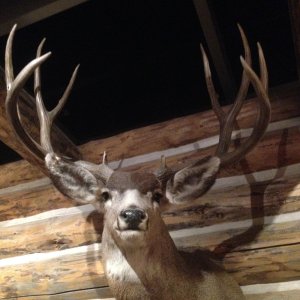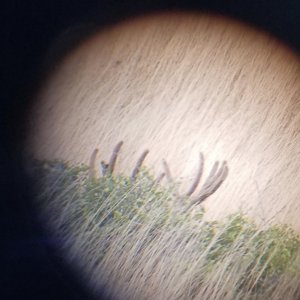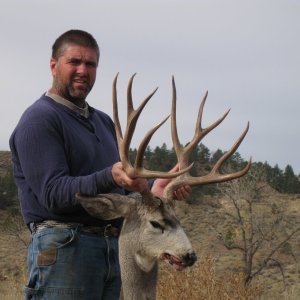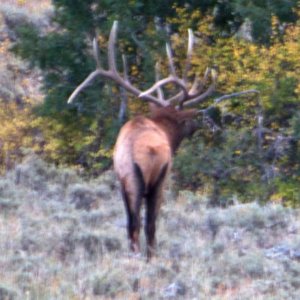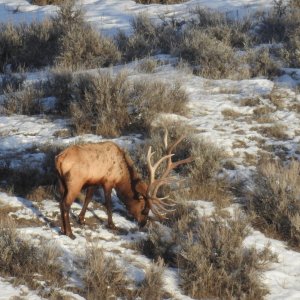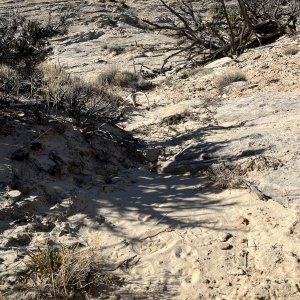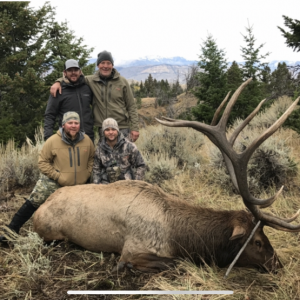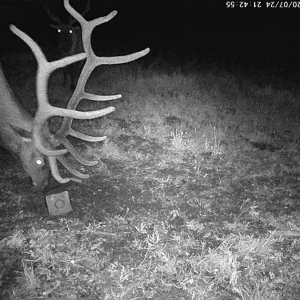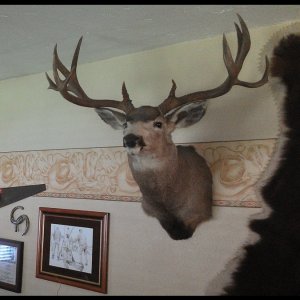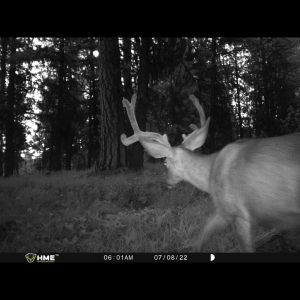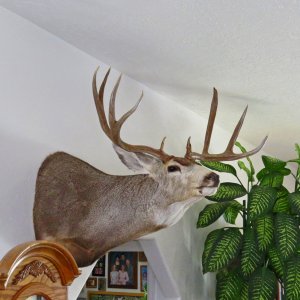Lhedrick1
Active Member
- Messages
- 854
What is a typical variation when measuring CBTO of a particular rifle?
I took several unprimed brass with different 7mm 160 grain Nosler Partitions. I seated the bullets slightly into the brass so they wouldnt fall out, loaded them into the rifle and bolted it shut. I then measured the CBTO with Hornady Comparator. The length to Ogive when chambered into the rifle varied from 3.785 to 3.750 based on 3 different bullets, 3 different brass (same 160 grain Nosler Partition bullets and Hornady Custom brass) mixed and matched appx. 10 times.
Is this normal?
I took several unprimed brass with different 7mm 160 grain Nosler Partitions. I seated the bullets slightly into the brass so they wouldnt fall out, loaded them into the rifle and bolted it shut. I then measured the CBTO with Hornady Comparator. The length to Ogive when chambered into the rifle varied from 3.785 to 3.750 based on 3 different bullets, 3 different brass (same 160 grain Nosler Partition bullets and Hornady Custom brass) mixed and matched appx. 10 times.
Is this normal?

